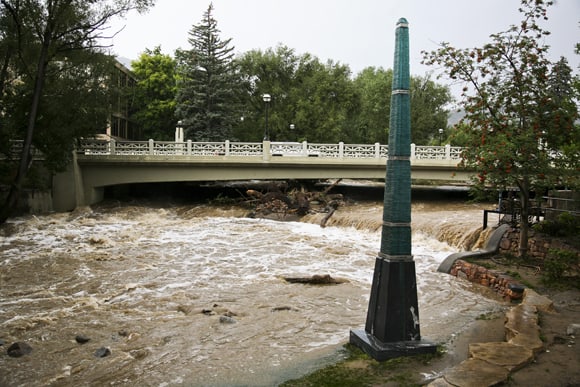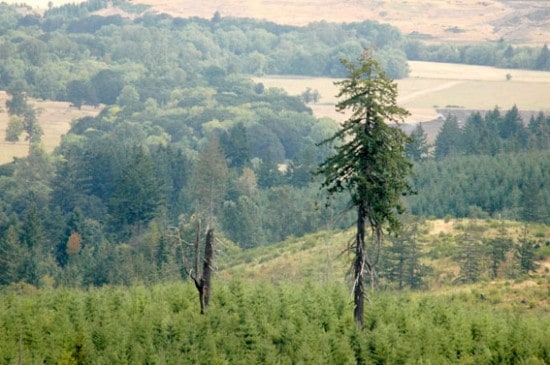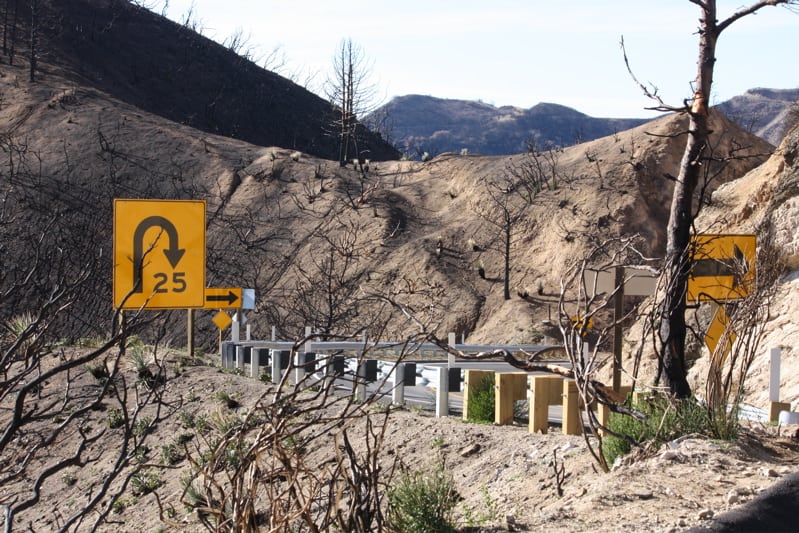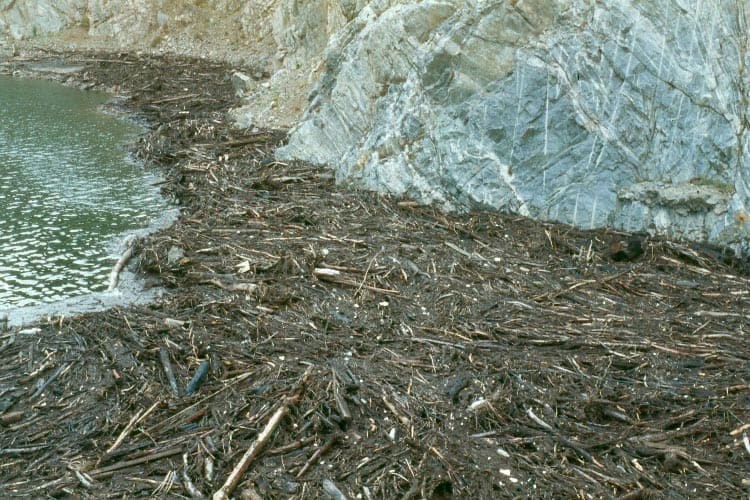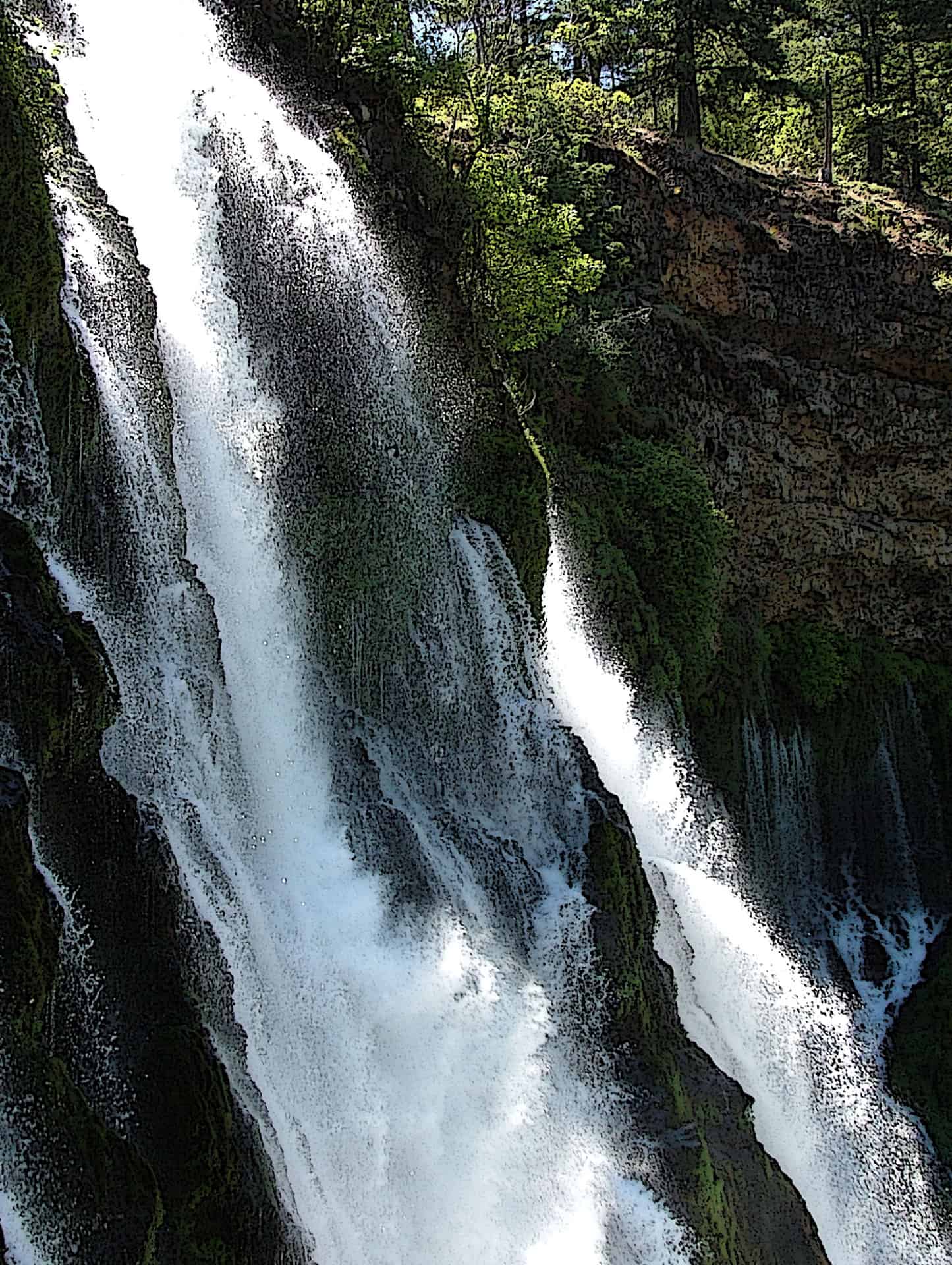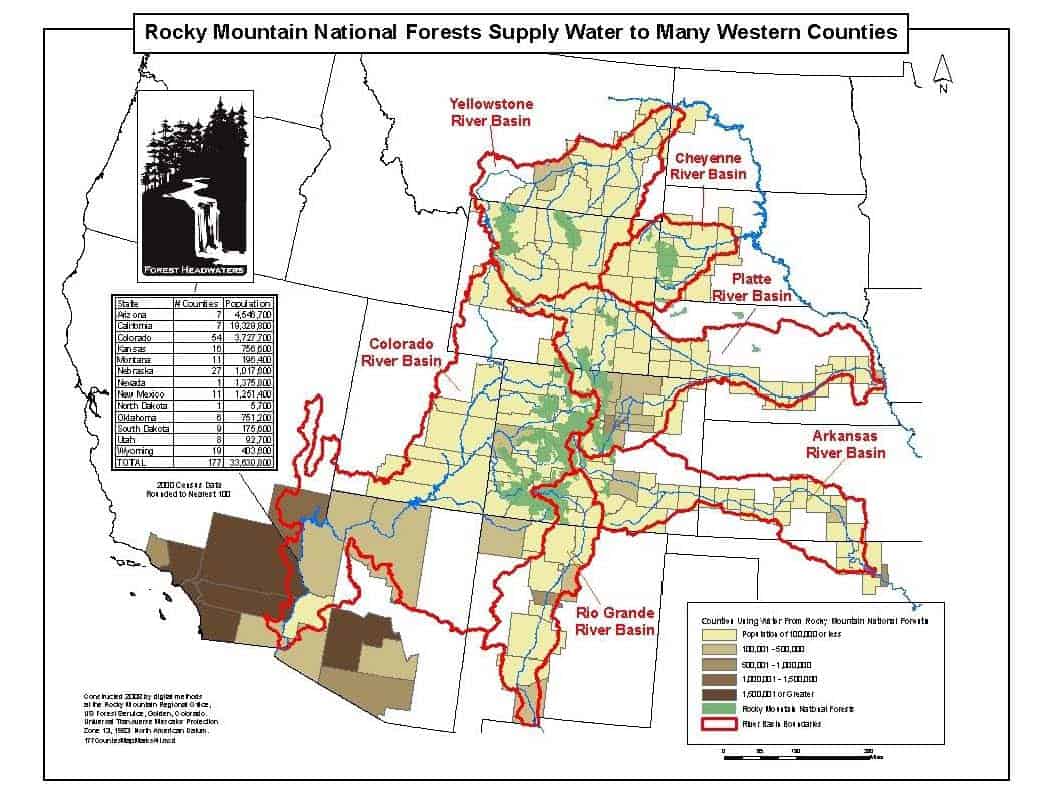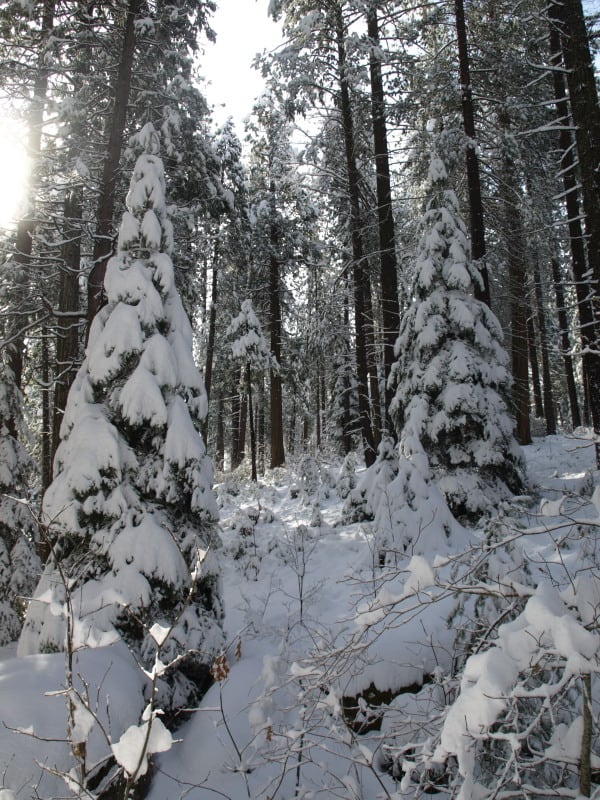We had the discussion of the “1,000 year flood” on this blog earlier here so I thought I would post this followup information from a seminar at CU this week…from Roger Pielke, Jrs.’blog here.
His post seems to address the point we stumbled upon in our discussion here.
In an article titled “The Science Behind Colorado’ Thousand-Year Flood” Time magazine explains:
Parts of Boulder are experiencing a 1-in-1,000 year flood. That doesn’t literally mean that the kind of rainfall seen over the past week only occurs once in a millennium. Rather, it means that a flood of this magnitude only has a 0.1% chance of happening in a given year.
Time is a fixture of the mainstream media and what is written there is widely read and repeated.A big problem with Time’s article is that Boulder did not actually experience a “1,000-year flood.” In fact, according to an analysis presented by fellow CU faculty member John Pitlick yesterday, using standard hydrological methods, Boulder experienced between a 25- and 50-year flood. (I am focusing here on Boulder, I have not seen similar analyses for other Colorado streamflows, though they are sure to come.) Pitlick further noted that the flood waters did not reach the 50-year flood marker on the Gilbert White memorial (seen at the top of this post.)
Pitlick walks us through maps of estimated inundation for 25-yr, 50 & 100 flood. Observations over recent days look more like 25-yr maps.
How is it that the “1000-year flood” has come to characterize the flood in Boulder? Let’s take a quick look.
The Time article points us to an article on the floods at Climate Central, a non-profit group focused on reporting all things climate change. That article made the following claim:
The Boulder, Colo., area is reeling after being inundated by record rainfall, with more than half a year’s worth of rain falling over the past three days. During those three days, 24-hour rainfall totals of between 8 and 10 inches across much of the Boulder area were enough to qualify this storm as a 1 in 1,000 year event, meaning that it has a 0.1 percent chance of occurring in a given year.
So right away we see an error. Climate Central was discussing rainfall which Time mistakenly converted into floods. They are not the same thing. As John Pitlick explained yesterday, return periods for rainfall and flooding for the same event can vary by several orders of magnitude.

